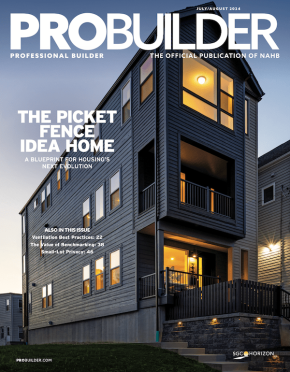Selling a home? You may have noticed potential buyers have an older, more mature air about them. And it’s not all in your head: The age of the first-time homebuyer rose by one year—not a huge jump in age, but it’s the first time the average nudged above 32 in almost forty years. And second-time homebuyers are waiting even longer, averaging 19 years older than their demographic was in 1981, according to the 2019 Profile of Homebuyers and Sellers. Despite low mortgage rates, the rising home costs, inventory shortage, and debt all proved to be major barriers to homeownership.
One of the more fascinating trends from the recent 2019 Profile of Home Buyers and Sellers is the rising age of home buyers. Overall, buyers’ ages have jumped from a median of 31 in 1981 to 47 in 2019. While many attribute that increase to the rising age of first-time buyers, there is more to the story.
From 1981 to 2018, the first-time buyer age was actually a pretty boring, flat line which fluctuated between 28 and 32. The only movement outside of this was in 2019, when it slightly increased to the median age of 33. Not a huge change, but enough to know there are other factors at play. First-time buyers are facing a number of hurdles to enter homeownership. Many have difficulty saving for a downpayment with rising home prices, rising rental costs, and getting their debt-to-income ratio in check with student loan debt. First-time buyers also face a housing desert with the lack of affordable entry-level properties. First-time buyers who do enter the market often overcome these hurdles with family help such as downpayment assistance, or the ability to move directly from a parents’ home into homeownership.
The number that has changed dramatically since 1981 is the rise in the age of repeat buyers. Repeat buyers were a median age of 36 in 1981, and are now at 55. This incremental climb can be attributed to a number of factors. Many are staying in their homes for longer periods of time—either because they want to or because they had to as their home was worth less than their mortgage after the Great Recession. Tenure holding a home increased from six to seven years and is now at 10 years. Also, Americans are also living and working longer, so the idea of moving and purchasing a new home, even with a mortgage, is a trend many feel comfortable doing past the traditional retirement age. As Americans are having children later in life, many life decisions get pushed further into the future. Working and assisting a grown child through college now takes precedent over downsizing. Many parents are holding onto their family home as adult children boomerang back after college.













